Does Himalayan Salt Have Lead?
Have you ever wondered about the lead content in Himalayan salt, specifically the popular pink salt variety?
With increased popularity, health-conscious individuals have turned to Himalayan salt as it is healthier alternative to regular table salt. However, concerns have been raised about potential lead contamination in this natural salt.
In this article, we will delve into the level of lead content in Himalayan salt and explore whether it poses any risks to your health. So, let’s unravel the mystery and shed some light on the topic of lead in pink salt!
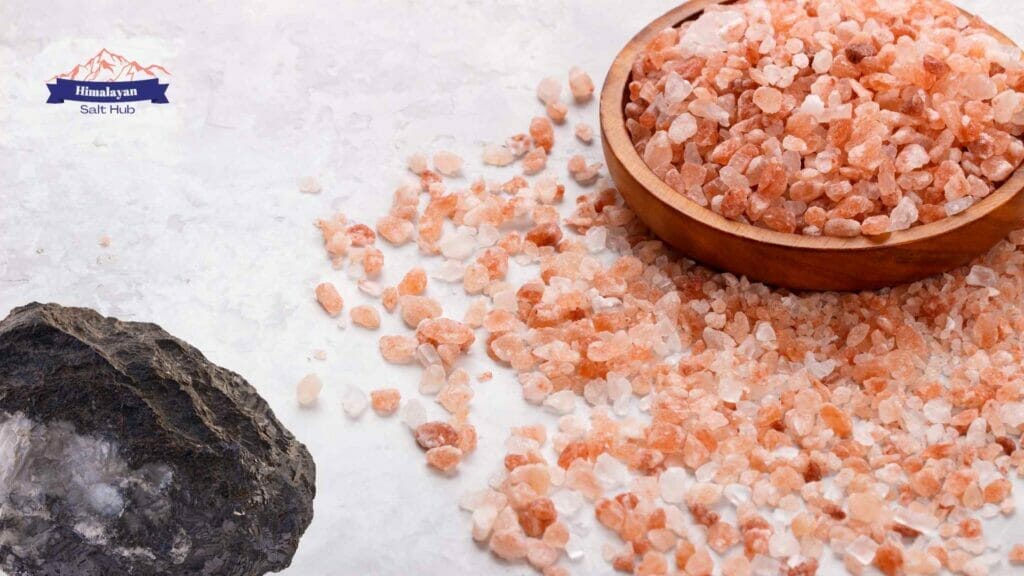
There is a possibility that Himalayan salt contain trace amounts of lead, but this is not unique to Himalayan salt because all natural salts contain some level of impurities, including heavy metals like lead and mercuary.
But the amount of lead in Himalayan salt is very low and it is much below the limits set by food and health regulatory bodies i.e. US Food and Drug Administration.
Is Himalayan Salt Toxic? Level of Lead in Himalayan Salt
No, Himalayan salt is not toxic when consumed in moderation. In fact, it is a healthier as compared to table salt because of its mineral content. It contains various minerals that are beneficial for your health.
There is news circulating on the internet and social media about the “so called toxicity” of Himalayan salt because of high mineral content, especially the presence of heavy metals. But scientific studies found that levels of heavy metals in Himalayan salt are below the safety limits set by regulatory authorities.
According to a study in the Journal of Food Science and Technology, the level of lead in Himalayan salt samples ranged from 0.06 to 0.32 mg/kg. This means that level of lead in Himalayan salt is 0.006% to 0.032% in pink salt.
Acoording to U.S. Food and Drug Administration (FDA), allowable limit is 0.1 ppm (parts per million) for lead in candy and other products. This is equal to 0.00001% lead content.
According to above studies, the amount of lead in salt is safe for everyone to consume and is not harmful.
Himalayan Pink Salt Side Effects
- High sodium intake: Himalayan Pink Salt contains sodium, just like regular table salt. Consuming too much sodium increase blood pressure and contribute to heart diseases.
- Mineral imbalances: Consuming too much of certain minerals (like potassium, magnesium, or calcium) can actually disturb balance of minerals in your body and cause health problems.
- Kidney problems: Consuming too much salt can also put a strain on your kidneys. If your kidneys can’t process the excess salt, it can lead to kidney damage and other health problems over time.

Does Sea Salt have Lead? Is amount of Lead Safe
There is a possibility that sea salt may contain traces of lead. This is because seawater naturally contains small amounts of various minerals and metals, including lead, and some of these may end up in the salt that is harvested from the sea.
However, the amount of lead in sea salt is usually very small and unlikely to cause harm to most people. In fact, many foods and drinks that we consume regularly also contain trace amounts of lead.
Does Sea Salt contain Heavy Metals?
Yes, sea salt contain heavy metals.
Heavy metals are naturally occurring in soil, rocks, and water. Since sea salt is obtained by evaporating seawater, it can sometimes contain small amounts of heavy metals like lead, cadmium, and mercury.
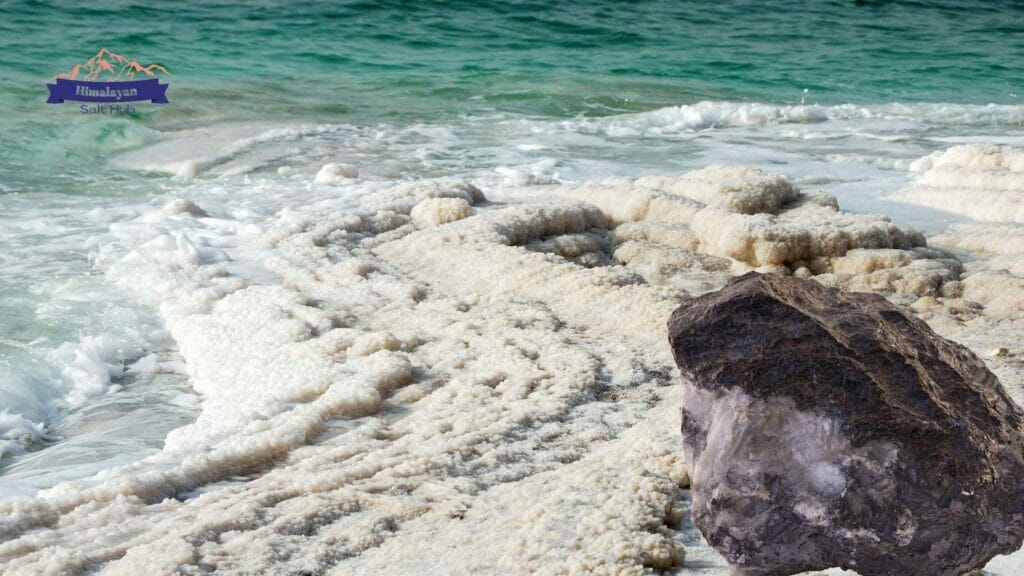
But the amount of heavy metals and lead concentrations in sea salt are not harmful for daily consumption.
Pink Salt Warning Brands
There are some brands that are marked as “selling fake pink salt” or “harmful pink salt”. We have tried and tested several brands and listed best sellers and trusted sellers on Amazon for you.
Himalayan Pink Salt Controversy
One of the main controversies is whether or not Himalayan Pink Salt is better for you than regular table salt. Some people believe that trace minerals found in Himalayan Pink Salt make it a healthier choice, while others argue that the amounts of these minerals are too small to make a significant difference.
Another controversy surrounding Himalayan Pink Salt is whether or not it is truly from the Himalayan region. Some critics claim that the salt is actually from other regions and is mislabeled to increase its value.
FAQs
How much lead is in pink Himalayan salt?
Lead content in Pink Himalayan Salt is approximately 0.006% to 0.0032%
Is Himalayan pink salt safe?
Yes! Himalayan Pink Salt is completely safe to consume.

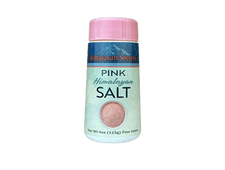
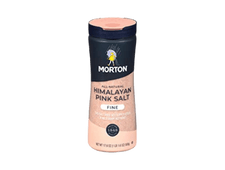
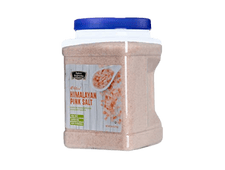


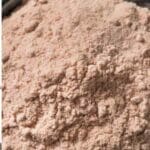
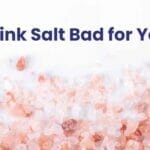

0 Comments